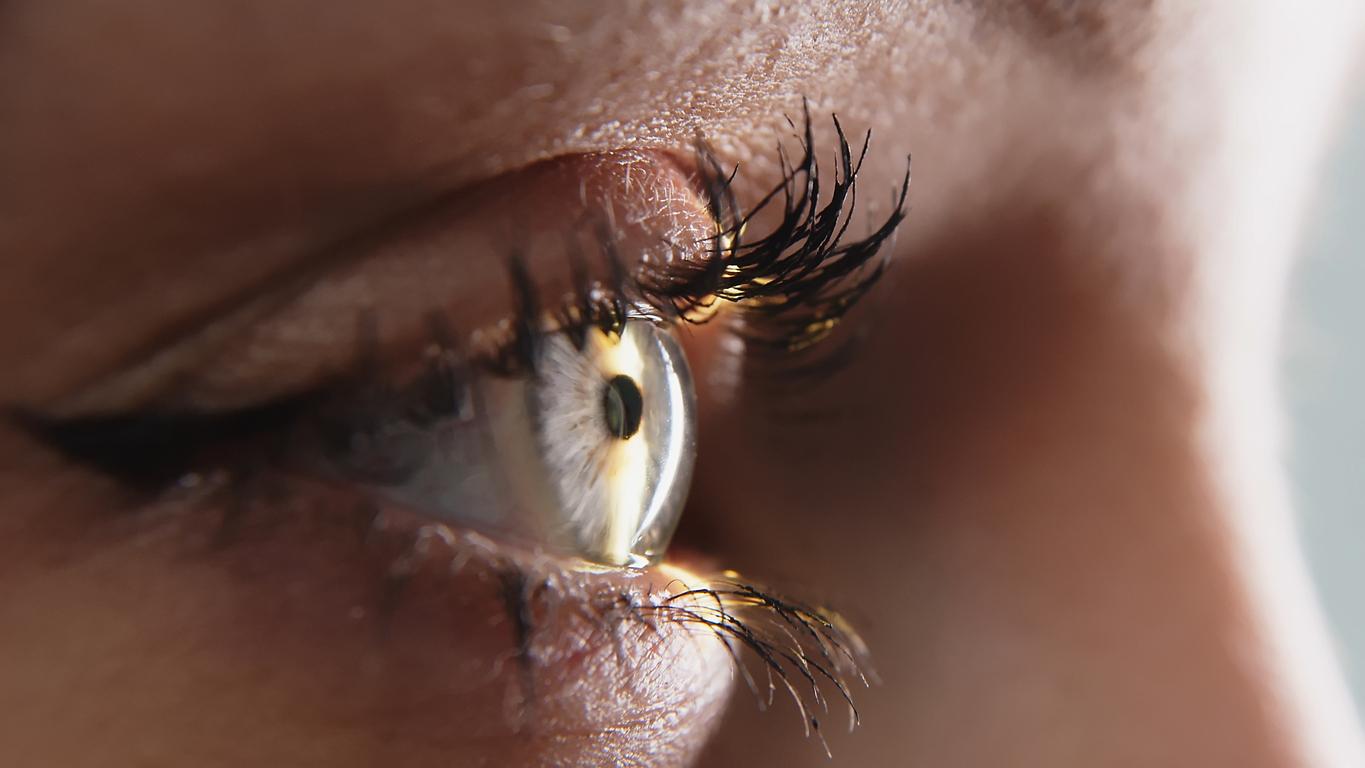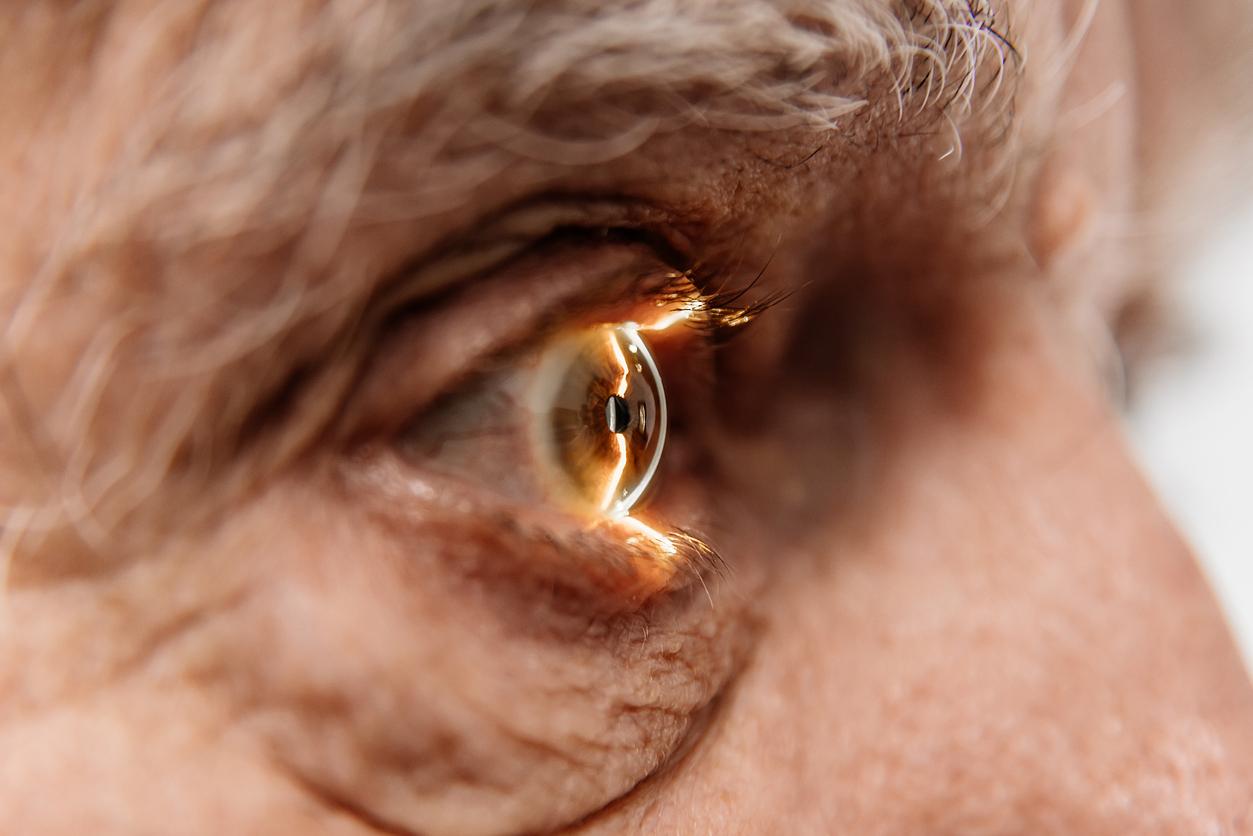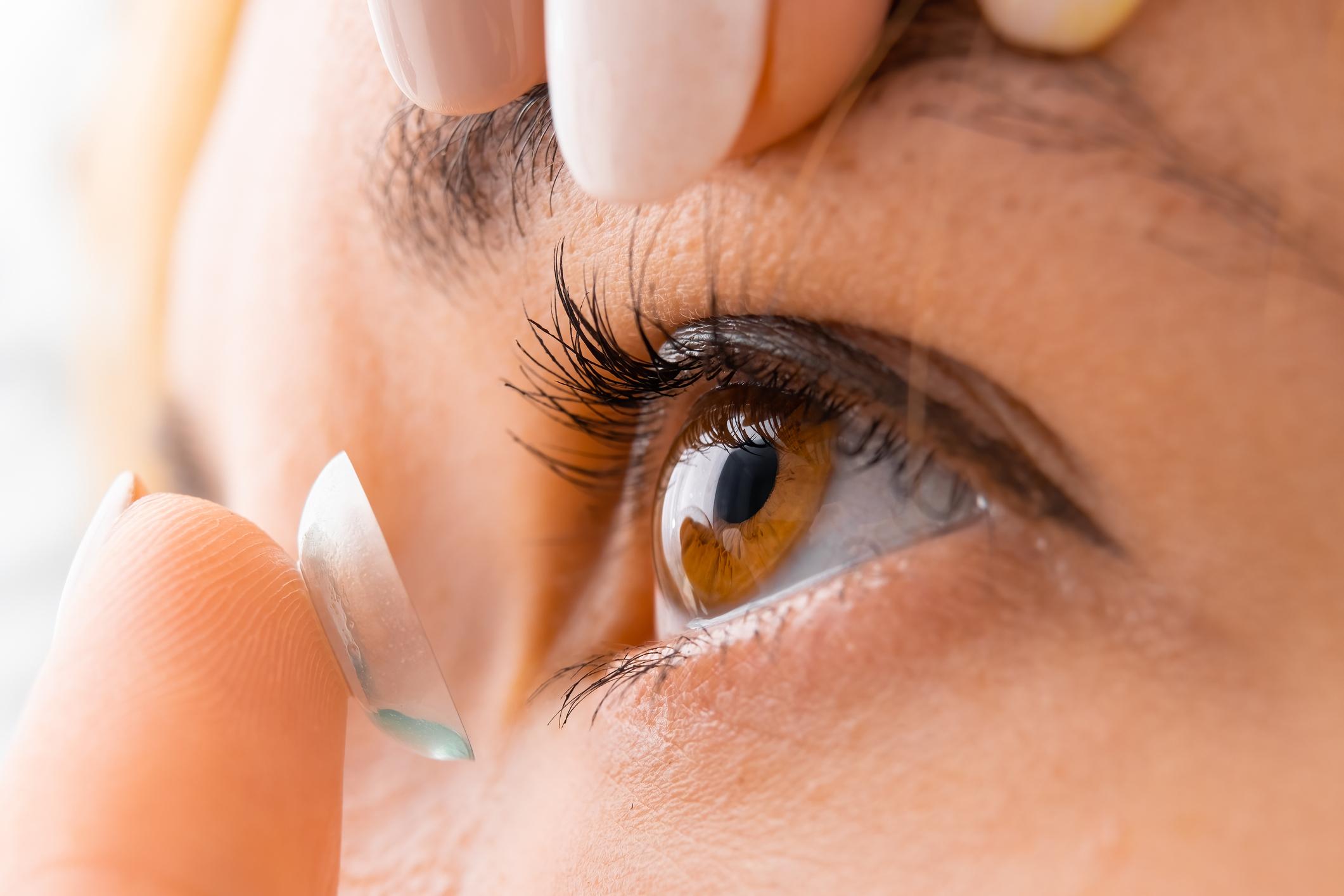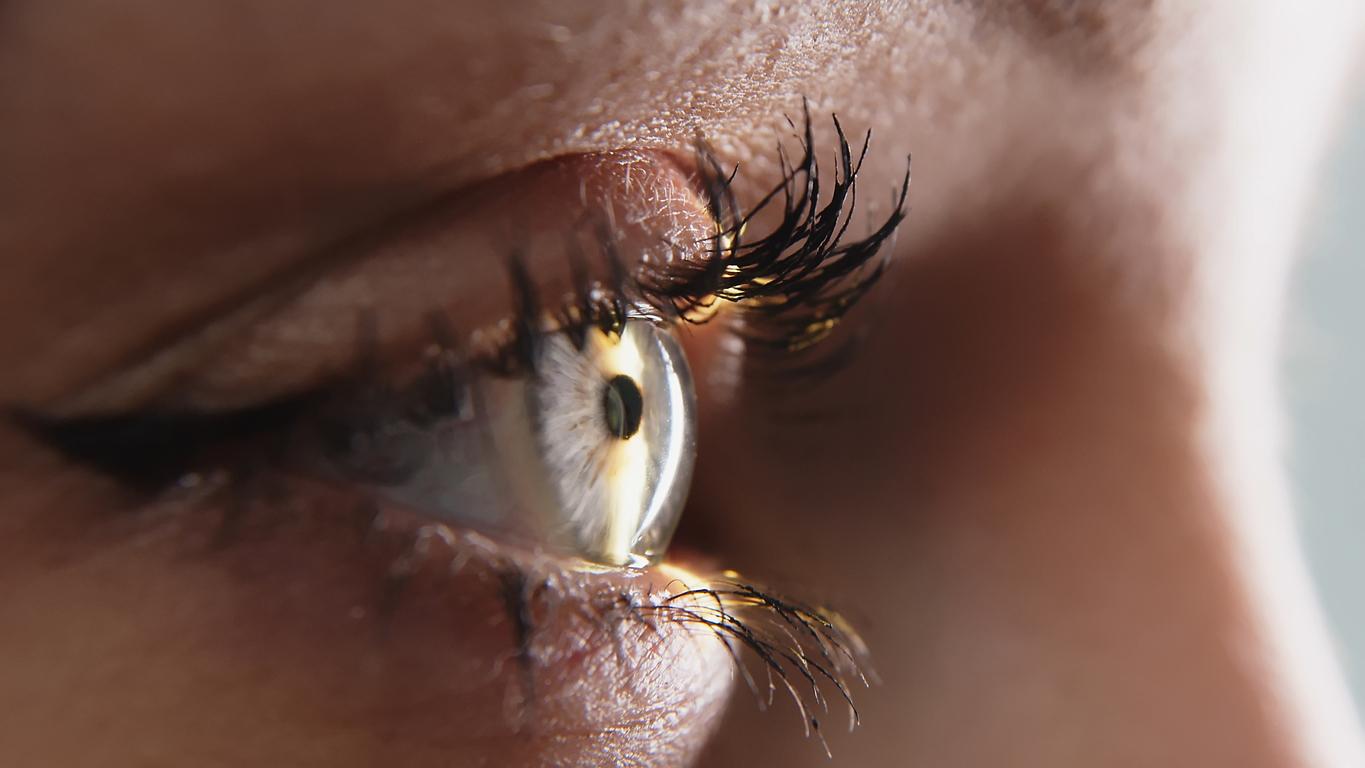Researchers have developed a gene therapy that shows promising results for treating glaucoma and dry age-related macular degeneration (AMD).

- The Trinity team’s new gene therapy uses an “approved” virus to deliver an enhanced gene (eNdi1). Its goal is to stimulate mitochondrial activity and improve the oxygenation of eye cells.
- It has been shown to be effective against glaucoma in tests with animals and human cells.
- It also has good results in cases of AMD.
In France, around 800,000 people have been diagnosed with glaucoma and 1.5 million with AMD. These patients see their daily lives greatly complicated by these eye disorders. A new hope is offered to them: scientists from Trinity College Dublin have developed a promising gene therapy to treat these diseases.
Their work was published in the journal International Journal of Molecular Genetics.
Glaucoma: gene therapy improves the performance of eye cells
The new gene therapy relies on a virus approved to deliver an enhanced gene (eNdi1) developed by the Trinity College team. The objective: to stimulate mitochondrial activity (mitochondria are cellular energy generators responsible for the production of ATP) and reduce the level of reactive oxygen species (chemical oxygen species that can cause cellular damage).
This treatment, which has proven effective for AMD in previous research, also proves beneficial for glaucoma. “Specifically, the therapy protected key ‘retinal ganglion cells’ (RGCs) that play an important role in vision and improved their function in an animal model of glaucoma. In human retinal cells, administration of gene therapy increased oxygen consumption and ATP production, indicating improved cellular performance”explain the authors in their press release.

Glaucoma: therapy has real potential
For the researchers, their work shows that their gene therapy can be an interesting treatment option, especially for patients not responding to current care (eye drops, surgery, laser therapy) and/or suffering from serious side effects.
“The need for better treatment options has inspired and motivated us to continue developing gene therapies, and we are excited about the promise they represent”explains Dr Sophia Millington-Ward, first author of the study.
His colleague Jane Farrar adds: “The development of gene therapies that are broadly applicable to a large number of patients is particularly important, given the high development costs associated with each therapy. Here we have demonstrated that this therapy has real potential to stimulate mitochondrial function in the glaucoma.”

















